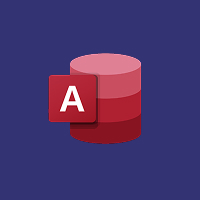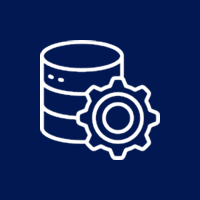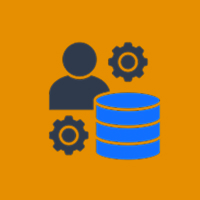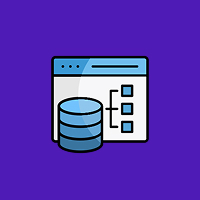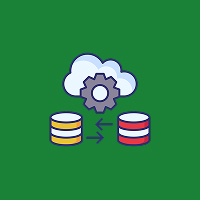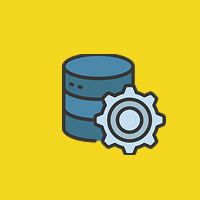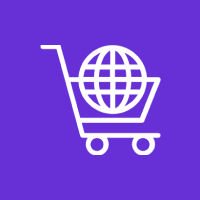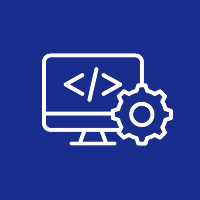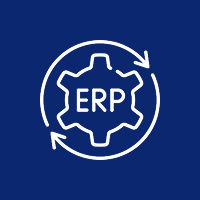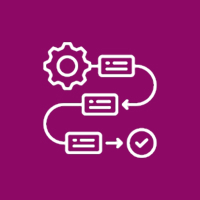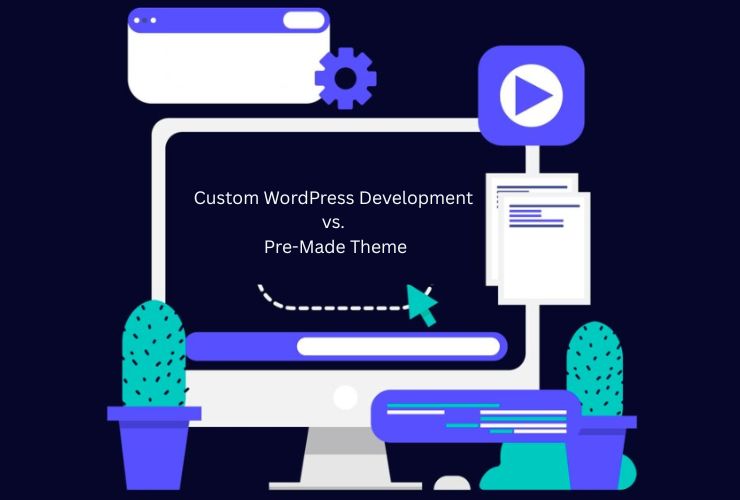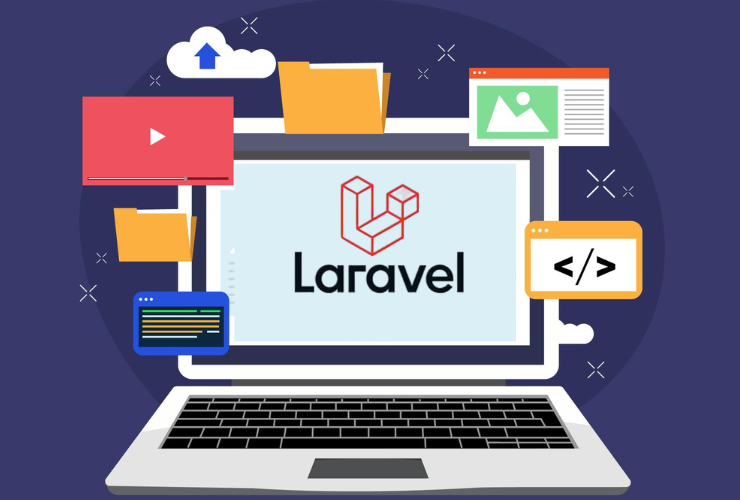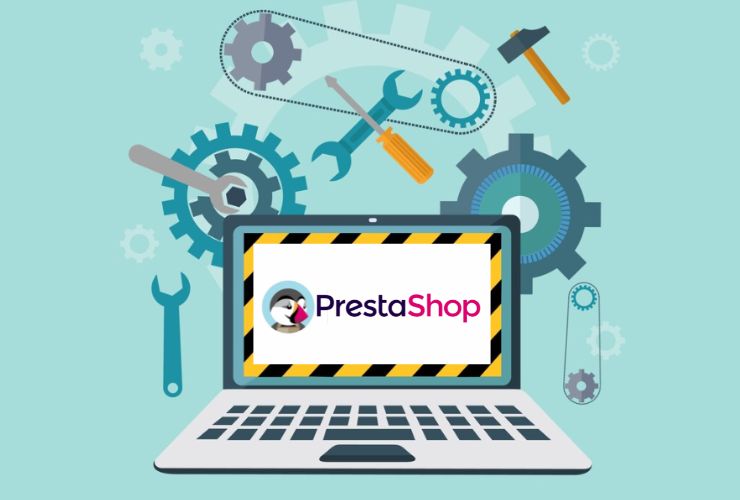WordPress is one of the most versatile website-building tools that provide unmatched levels of flexibility as well as user-friendliness. However, in developing a WordPress site, companies are certain to face the big question—are they to adopt custom WordPress development or use one of the built-in themes?
Both processes have pros and cons, and the choice relies on a host of considerations such as cost, scalability, tailor-made requirements, and business objective. Here we will break up the distinction between custom WordPress design and pre-designed themes so you can grasp what is optimal for your website.
What is Custom WordPress Development?
Custom WordPress development entails developing and coding a website from scratch or extensively customizing a pre-existing WordPress setup to satisfy distinct needs. Professionals build a completely personalized solution that reflects a brand’s ideology, encompasses customized features, and provides optimized performance.
Benefits of Custom WordPress Development
Distinctive Design & Branding
Custom-built websites provide a one-of-a-kind design that represents your brand identity. Unlike pre-made themes that may be used by thousands of other websites, a custom design ensures originality and exclusivity.
Scalability & Flexibility
As your company expands, your website requirements follow suit. WordPress development on demand makes it possible to scale without hassle, letting your site efficiently accommodate more visitors, additional functions, and changing business needs.
Optimized Performance
Pre-made themes have aspects that are not required and hamper the site’s speed. A site designed from scratch is optimized for speed, leading to better user experience, more engagement, and better search engine results.
Better Security
Custom-coded websites are safer against security attacks as they don’t employ publicly accessible code. Coders can integrate sophisticated security measures, reducing vulnerabilities such as hacking, malware, and data breaches.
SEO Optimization
Custom WordPress sites are built according to best SEO standards, such as clean code, correct heading hierarchies, and optimized meta, providing you with a search engine ranking advantage.
Downsides of Custom WordPress Development
Increased Cost
Creation of a custom WordPress website demands the services of experienced developers, designers, and SEO experts, which increases its cost compared to creating a pre-existing theme.
Extended Development Time
Since the website is specially designed, it will take longer to develop, design, test, and deploy. The development process may vary from weeks to months depending upon the project’s complexity.
Requires Technical Knowledge
Custom websites may also require frequent maintenance and technical support, which means that businesses might have to hire developers to make updates, resolve issues, and include new features.
What are Pre-Made WordPress Themes
Pre-designed WordPress themes provide ready-made templates that users can implement to quickly build websites with minimal coding. These themes offer pre-set layouts, built-in features, and customization options, making them popular among startups and small businesses.
Benefits of Pre-Made Themes
Affordable
Pre-made themes are affordable, and that is why they are an ideal option for small businesses, freelancers, and startups who wish to establish an online presence without spending much.
Rapid Setup
An existing theme can be installed, customized, and published in hours or days, allowing businesses to launch their website quickly.
User-Friendly
All WordPress themes include drag-and-drop page builders like Elementor, WPBakery, or Divi that allow non-technical users to create the design without writing a single line of code.
Variety of Options
As there are thousands of free and paid themes available on the WordPress repository, businesses can choose a theme that meets their business, appearance, and functionality requirements.
Limitations of Pre-Made Themes
Less Customization
Although themes offer some personalization, their fixed structures and templates limit customization. Companies needing unique branding and advanced features may find themes restrictive.
Performance Problems
Most themes have unnecessary components and redundant code, which can decrease the website’s speed, impacting page loading time and user experience.
Security Vulnerabilities
Themes are popular, and thus they become the target for most hackers. If the theme is not updated from time to time or does not receive security patches, it can be susceptible to online attacks.
Not Always Scalable
With growing businesses, they require more advanced functionality, such as custom integrations, advanced eCommerce, or multi-language support. The pre-built theme may not be able to handle these needs with excessive customization.
Which Option is Best for Your Business?
Custom WordPress development vs. a pre-built theme is decided based on several factors:
Budget – A pre-built theme is the cost-effective option if the budget is low. If, however, future growth is on the cards and there is a need for a top-notch site, spending money on custom development is worthwhile
Customization Needs – If a completely original design, complex features, or certain integrations are required, a custom site is the optimal option. For small projects, a pre-existing theme will suffice.
Timeline – If you need a website urgently, pre-existing themes offer faster deployment. Custom development takes time but yields a more personalized and high-performance website.
Long-Term Goals – If your company is growing and you need an expandable solution that provides full control over your website’s design, functionality, and security, custom WordPress development is the best option.
Making the Right Choice
If you require something that is very inexpensive and straight forward to get installed, having a pre-established theme is something you should turn to. In case you need a high-powered, scalable and customized solution, one that would differentiate you from others, a custom WordPress solution is the most appropriate.
Before making a decision, think about your business goals, growth strategy, and user experience vision. It will only take a little time to navigate your needs, but it will enable you to make the best decision for your web presence.


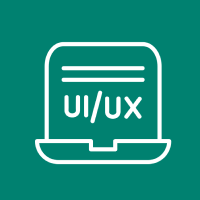










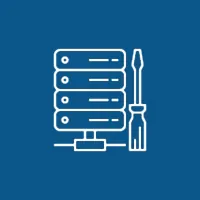 Database Development
Database Development




